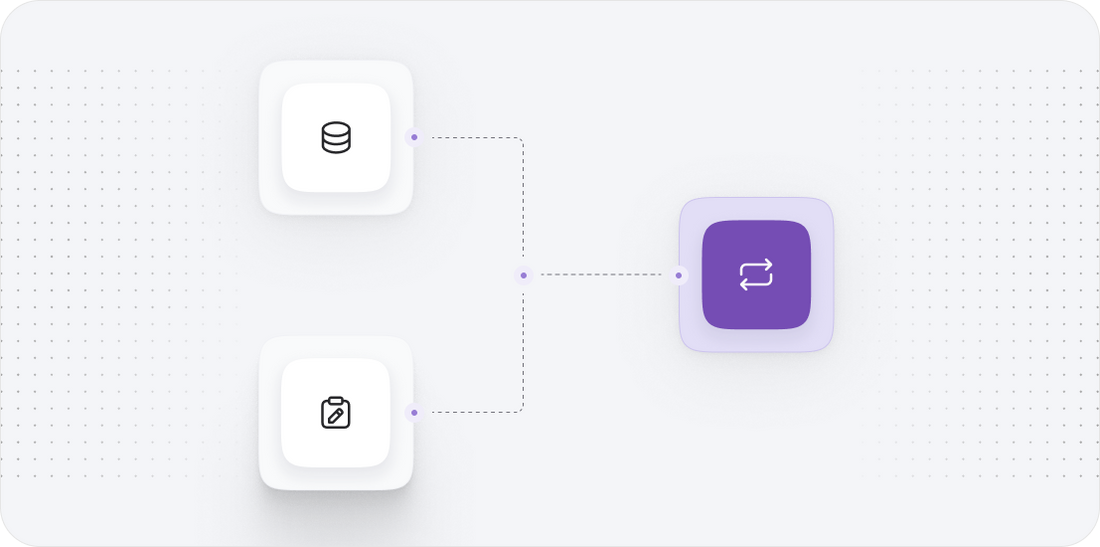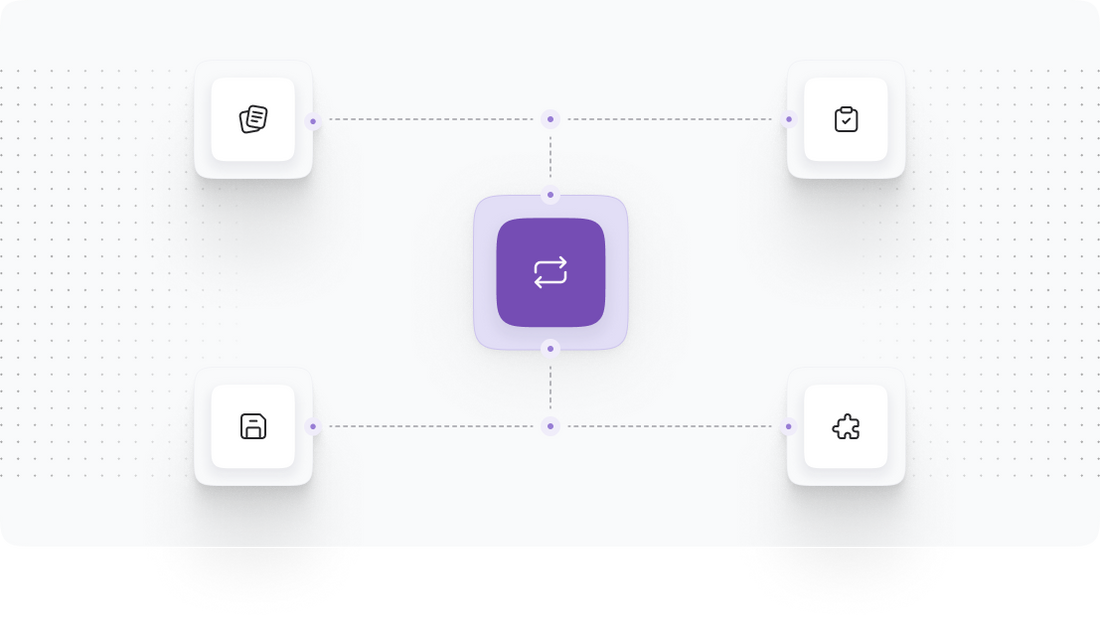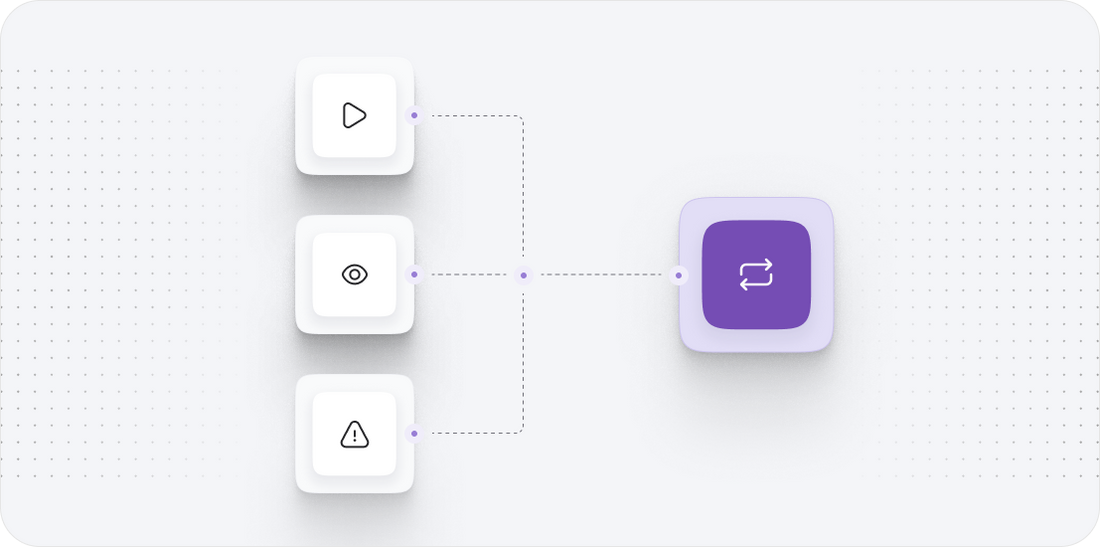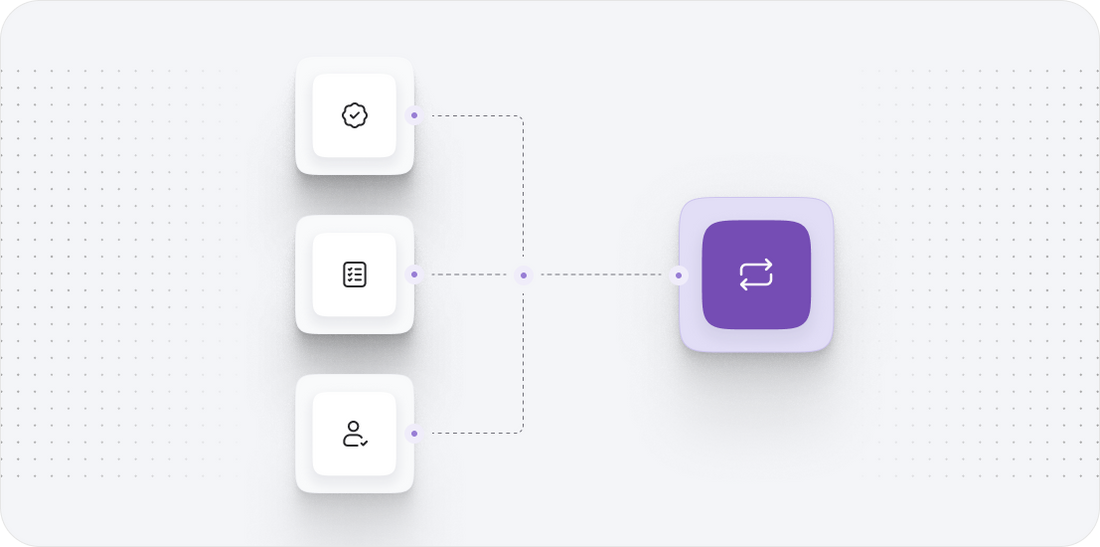





Magento to Sana commerce
Migrating your store from Magento to Sana commerce might seem daunting, but with proper planning and the right tools, it's a smooth process. Follow this step-by-step guide to ensure a successful transition.
Schedule a call
Step-by-Step Migration Guide: Magento to Sana Commerce migration guide
Step 1: Prepare Your Magento Store for Migration
In this initial step, we focus on preparing your Magento store for a seamless migration to Sana Commerce. This involves auditing existing data, ensuring data integrity, and understanding the overall structure of your current setup.
Step 2: Choose the Right Migration Tools
Selecting the appropriate migration tools is crucial for ensuring an efficient and effective data transfer process from Magento to Sana Commerce while minimizing data loss or corruption.
Step 3: Export Data from Magento
In this step, we will export the necessary data from your Magento store, ensuring that all relevant information is gathered for the migration to Sana Commerce.
Step 4: Setting Up Your Sana Commerce Store
Before importing the data, we will set up the new Sana Commerce store, customizing its design and functionalities to reflect your brand and meet operational needs.
Step 5: Import Data into Sana Commerce
In this step, we will import the previously exported data into the Sana Commerce platform, ensuring that all elements are correctly integrated and functioning.
Step 6: Testing Your Sana Commerce Store
After importing the data, we will conduct thorough testing of the new Sana Commerce store to ensure that all functionalities are working as expected and that the user experience is seamless.
Step 7: Launch Your Sana Commerce Store
In the final step before going live, we will prepare for the official launch of your new Sana Commerce store, ensuring that all systems are go for a successful transition.
Power Your Step - Get in Touch
Ready to embark on your migration journey? Contact PowerCommerce to leverage our expert support for a seamless transition from Magento to Sana Commerce.
Step 1: Prepare Your Magento Store for Migration
Before we initiate the migration process, it is essential to thoroughly prepare your Magento store. This preparation phase is critical to ensure that all relevant data is organized, secure, and ready for transfer. We will conduct a comprehensive audit of your existing data to identify what needs to be migrated, including product information, customer data, orders, and any custom functionalities.
First, we need to back up all existing data from your Magento store. This will serve as a safety net should any issues arise during migration. We can use tools like phpMyAdmin to export your database:
- Log into your phpMyAdmin.
- Select the Magento database.
- Choose the 'Export' option and select the 'Quick' export method.
- Click 'Go' to download the database backup.
Next, we will create a list of all the data types that need migration. This typically includes:
- Products: SKU, name, description, price, images, and categories.
- Customers: Names, emails, addresses, and order history.
- Orders: Order history and statuses.
- Content: CMS pages, blog posts, and static blocks.
Analyze the structure of your current Magento setup, identifying any custom features or third-party integrations that may need special attention during the migration. Document these elements thoroughly to address them in later steps.
Finally, evaluate any potential compatibility issues between Magento and Sana Commerce. Research the differences in functionalities, especially regarding ERP integrations, as Sana Commerce heavily relies on real-time data synchronization with ERP systems.

Step 2: Choose the Right Migration Tools
Choosing the right tools for migration is a pivotal part of our strategy. We need to ensure that the tools we select can effectively handle the data formats and structures associated with both Magento and Sana Commerce. To facilitate a smooth data migration, we recommend using a combination of native and third-party tools.
Here are some options to consider:
- Cart2Cart: This is a popular migration service that automates the process of moving data from Magento to Sana Commerce. It supports various data types and provides a user-friendly interface.
- LitExtension: This tool offers similar functionalities to Cart2Cart and allows us to migrate products, customers, orders, and more with minimal downtime.
- Manual Migration: In cases where custom data is involved, we may need to opt for a manual migration strategy. This involves exporting data from Magento in CSV format and then importing it into Sana Commerce using its import tools.
Before proceeding, we must ensure that the chosen migration tool supports all necessary data types and can accommodate any custom attributes or configurations from your Magento store. We should also review user testimonials and documentation to gauge the effectiveness of the tool.
Lastly, test the migration tool with a small data set before executing a full-scale migration. This will help us identify any potential issues or discrepancies early in the process.

Step 3: Export Data from Magento
Once we have chosen the appropriate migration tools, the next step is to export relevant data from your Magento store. This process involves extracting data in a format that can be easily imported into Sana Commerce. We will start by exporting data types identified in Step 1.
To export data from Magento:
- Log into your Magento admin panel.
- Navigate to System > Import/Export > Export.
- Select the data type you wish to export (e.g., Products, Customers).
- Choose the export format (usually CSV is recommended).
- Click on the Continue button to start the export process.
Ensure you repeat this process for each data type identified earlier. For products, make sure to include all attributes, such as images, categories, and pricing. For customer data, ensure that all necessary fields are included, such as contact information and shipping addresses.
After exporting, we should validate the exported files to ensure data integrity. Check for:
- Missing fields or incomplete data entries.
- Correct formatting according to Sana Commerce requirements.
- Consistent data types across all entries.
This validation step is crucial to prevent data loss during the import process. Once the data is confirmed to be accurate and formatted correctly, we can proceed to the next phase.

Step 4: Setting Up Your Sana Commerce Store
With the data exported and validated, it's time to set up your new Sana Commerce store. This step involves configuring the initial settings, customizing the design, and ensuring the platform aligns with your business objectives.
Begin by creating a new account on Sana Commerce and following these steps:
- Log into your Sana Commerce back-office.
- Navigate to Settings > Store Configuration.
- Fill in the necessary details, such as store name, currency, and default language.
- Configure the payment and shipping settings according to your business model.
- Enable any relevant integrations, especially with your ERP system for real-time data synchronization.
Next, customize the store’s appearance to align with your brand identity:
- Select a theme that resonates with your brand or develop a custom theme if needed.
- Add your logo, brand colors, and adjust fonts to maintain consistency.
- Set up essential pages such as the homepage, about us, contact, and terms of service.
Ensure that the user experience is optimized with easy navigation and clear calls to action. Testing the user interface before data import is advisable to identify any design flaws or areas for improvement.
Finally, familiarize yourself with Sana Commerce’s features, such as the analytics dashboard, and prepare to integrate any necessary third-party applications to enhance functionality.

Step 5: Import Data into Sana Commerce
With the Sana Commerce store set up and ready, we can now proceed to import the data exported from Magento. This step is vital as it populates your new store with the necessary information to operate effectively.
The import process involves using the import functionality within Sana Commerce. Here’s how to do it:
- Log into your Sana Commerce back-office.
- Navigate to Settings > Import.
- Select the type of data you wish to import (Products, Customers, Orders, etc.).
- Upload the corresponding CSV file for each data type.
- Map the fields in your CSV file to the corresponding fields in Sana Commerce to ensure accuracy.
- Click Import to begin the data importing process.
Once the import is completed, it is critical to verify that all data has been transferred correctly. Check the following:
- Product listings: Ensure all product details, images, and categories are accurate.
- Customer accounts: Validate that customer details are intact, including their order history.
- Order records: Confirm that all past orders are displayed correctly.
If discrepancies are found, we must troubleshoot and resolve these issues before proceeding further. This might involve re-importing specific data types or correcting errors in the CSV files.

Step 6: Testing Your Sana Commerce Store
Once the data import is complete, it is essential to conduct thorough testing of the new Sana Commerce store. This testing phase ensures that everything functions correctly and provides a seamless experience for your customers.
Begin by checking all critical functionalities:
- Product browsing: Ensure all products are visible, correctly categorized, and searchable.
- Cart functionality: Test adding products to the cart and adjusting quantities.
- Checkout process: Simulate a complete checkout process to confirm that payments, shipping options, and order confirmations are working.
Additionally, verify the following:
- Customer account functionality: Ensure customers can log in, view their profiles, and access their order history.
- Content pages: Check that all CMS pages, such as About Us and Contact, are properly formatted and functional.
- SEO settings: Confirm that SEO metadata is correctly implemented for product pages and that URLs are optimized for search engines.
Engage with a small group of users to conduct user acceptance testing (UAT). Gather feedback on their experience and make necessary adjustments based on their input. Address any bugs or issues identified during testing to enhance overall performance.

Step 7: Launch Your Sana Commerce Store
After thorough testing and adjustments, we are now ready to launch your new Sana Commerce store. This final step involves several critical actions to ensure a smooth transition from Magento to Sana Commerce.
First, we will set a launch date and communicate this to your team and customers. It’s essential to inform customers about the migration, as they may experience some downtime or changes in the shopping experience. Next, we must ensure that:
- All data is backed up one final time before going live.
- Redirects from your old Magento store to the new Sana Commerce store are set up to maintain SEO rankings and prevent broken links.
- Monitoring tools are in place to track performance immediately after launch. Tools like Google Analytics and your ERP system's performance metrics should be closely monitored.
On launch day, we will go live with the new store. We recommend keeping your team on standby to address any issues that may arise during the transition. Post-launch, continue to monitor the store closely for any customer feedback or technical problems.
This proactive approach will help ensure that your transition to Sana Commerce is as seamless as possible, paving the way for future growth and success.

Power Your Step - Get in Touch
Are you ready to take the next step in enhancing your ecommerce capabilities? At PowerCommerce, we specialize in providing expert support for ecommerce migrations, ensuring seamless transitions from Magento to Sana Commerce. Our dedicated team is here to help you maximize your operational efficiency and drive sales growth.
Don't hesitate to reach out to us. Here's how you can get in touch:
- Visit our contact page to fill out our inquiry form.
- Call us directly at 800-099-9090 to speak with one of our migration specialists.
- Email us at info@powercommerce.com for any questions or to schedule a consultation.
Let PowerCommerce be your partner in achieving a successful migration and elevating your ecommerce business. We look forward to working with you!
Stay aligned on what's happening in the commerce world
Trusted by 1000+ innovative companies worldwide
Schedule Your Migration Today
For businesses prioritizing simplicity, scalability, and robust support, Shopify is the clear winner.
Looking to migrate without hassle? Power Commerce can handle the entire process, ensuring smooth data transfer, store setup, and post-launch success.
Marka Marulića 2, Sarajevo, 71000 BiH
00387 60 345 5801
info@powercommerce.com


